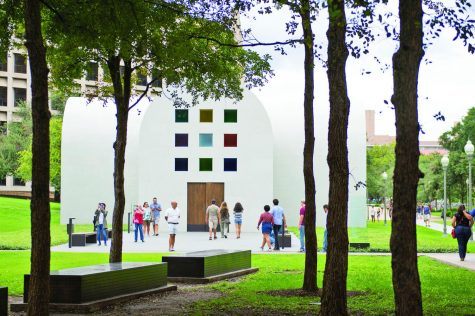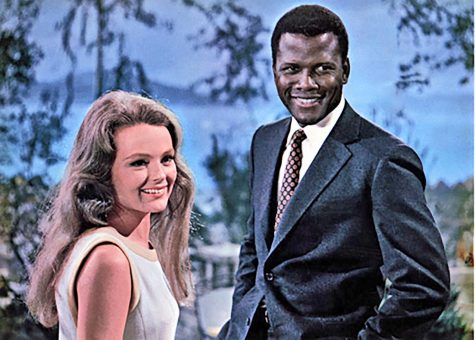Film tackles failing schools
There used to be an idea that education could save you. Literally. Even if you were born in the middle of the poorest neighborhood, with the most crime and the worst reputation, working hard and going to school were going to give you a new life.
Maybe today that idea still exists somewhere. But the truth hiding underneath that quaint notion is that the American public school system is in a shambles. In a new documentary, “Waiting for Superman,” director Davis Guggenheim painstakingly reminds us that it doesn’t matter if you’re in the projects or Silicon Valley–education is failing students at an unsettling rate.
Guggenheim follows the lives of elementary-school-aged kids named Anthony, Bianca, Daisy and Francisco, who live in low-income neighborhoods and are doomed to attend schools termed “dropout factories.” These schools, also called “academic sinkholes,” are breeding grounds for failure. The schools are places where a freshman class of 700 students would drop to 300 by graduation.
For these children, charter schools are the only option. Guggenheim delves into this issue, following these children every emotional step of the way as they go through a lottery system to see if they can attend these schools. For them, they are the only way out.
Even more shocking is the fifth child Guggenheim interviews: a junior high school girl named Emily. Emily wants to transfer into a charter school because her junior high in a wealthy area of California “tracks” their students. In other words, the school notices early on which students are destined for greatness and which students, like Emily, have a difficult time learning and puts the students on a track based on their expectations for them.
Guggenheim and the families and educators he works with in the film are asking a pivotal question: Why should this be the case? It’s apparent that things like mediocre teachers and standardized testing are holding students back. So why is the public school system encouraging failure and ignoring the needs of its students?
“Waiting for Superman” journeys through the public school system, from the Bronx to D.C. to Silicon Valley to Harlem, searching for an answer. That answer is written all over the faces of students as young as five, clutching their mothers with tears running down their faces when they don’t hear their number called in the lottery. They know they’ll be resigned to a second-rate education, and even worse–they know they’re powerless to stop it.





